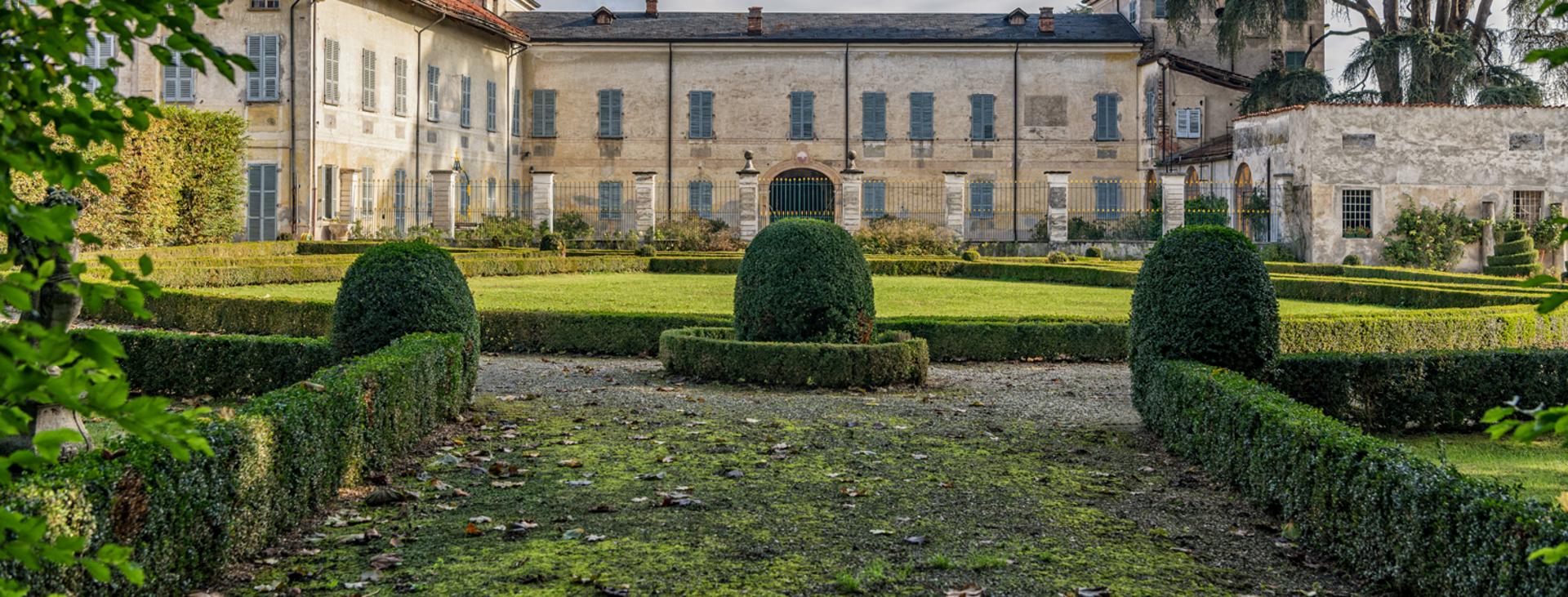
CUNEO, MARGARITA
- Home
- The Territory, our home - Visit Cuneese
- MARGARITA
MARGARITA
A TOWN IMMERSED IN THE GREEN COUNTRYSIDE
The historical toponymal of Margarita is Sancta Margareta. It first appeared in a deed of sale from 1018, and can be explained by the fact that back then, a religious building devoted to Saint Margaret was located in the area. The town is immersed in the green landscape of the fertile plain that separates Cuneo from Mondovì, on the orographic left side of the Brobbio River that originates from the nearby lake of Beinette: locations with abundant water resources that have always been used by humans, today serve as the background to relaxing nature trails.
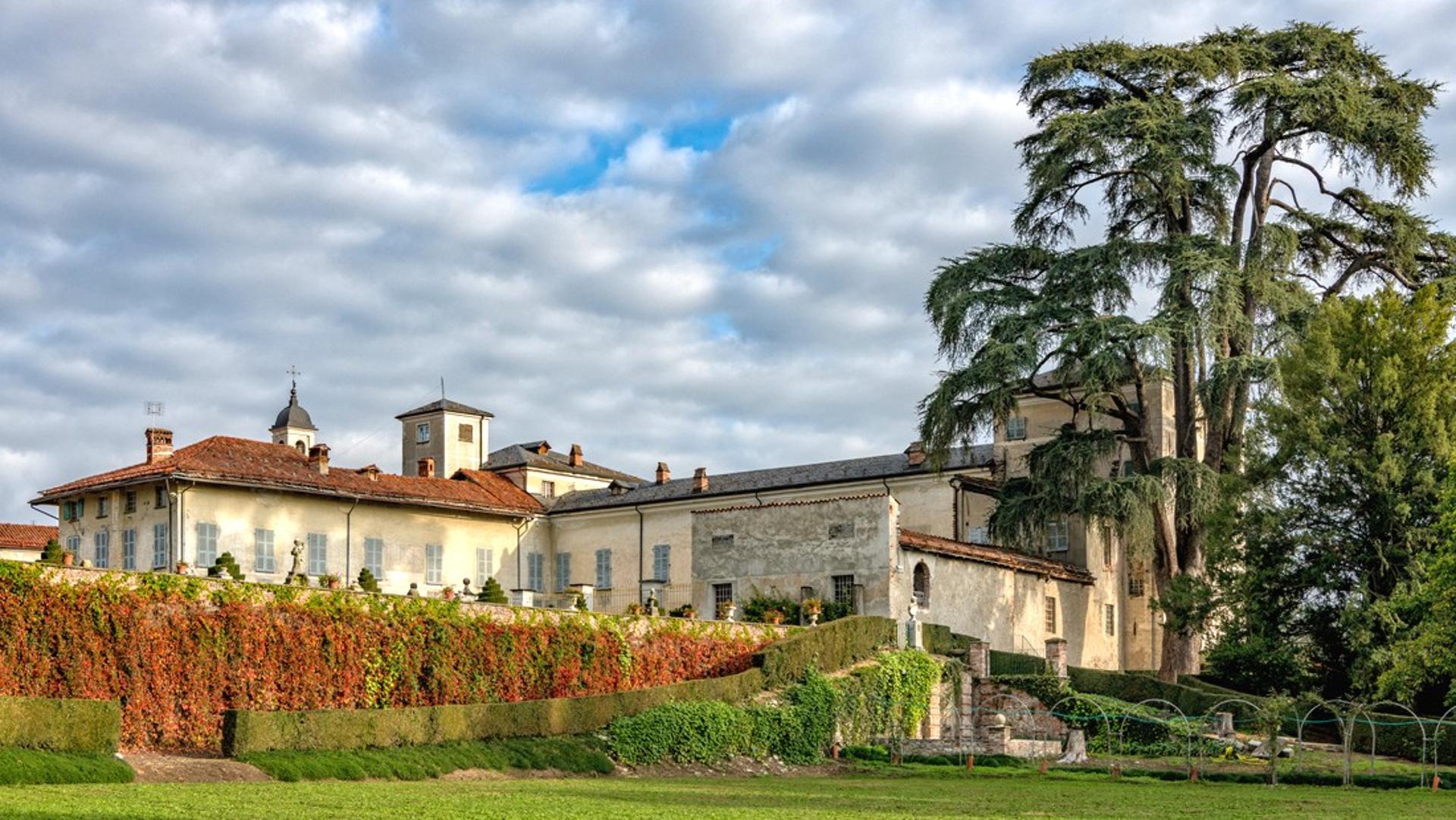
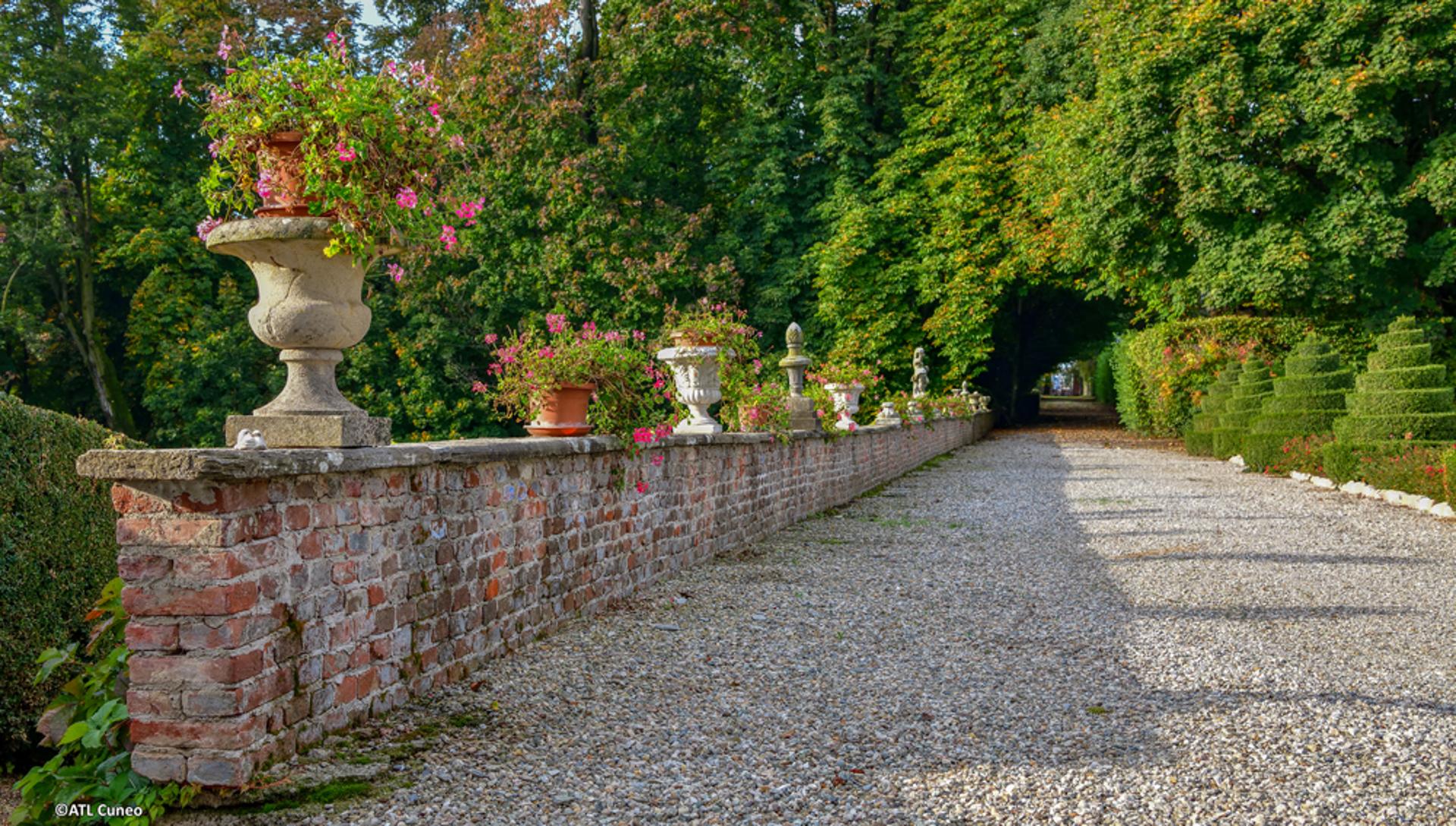


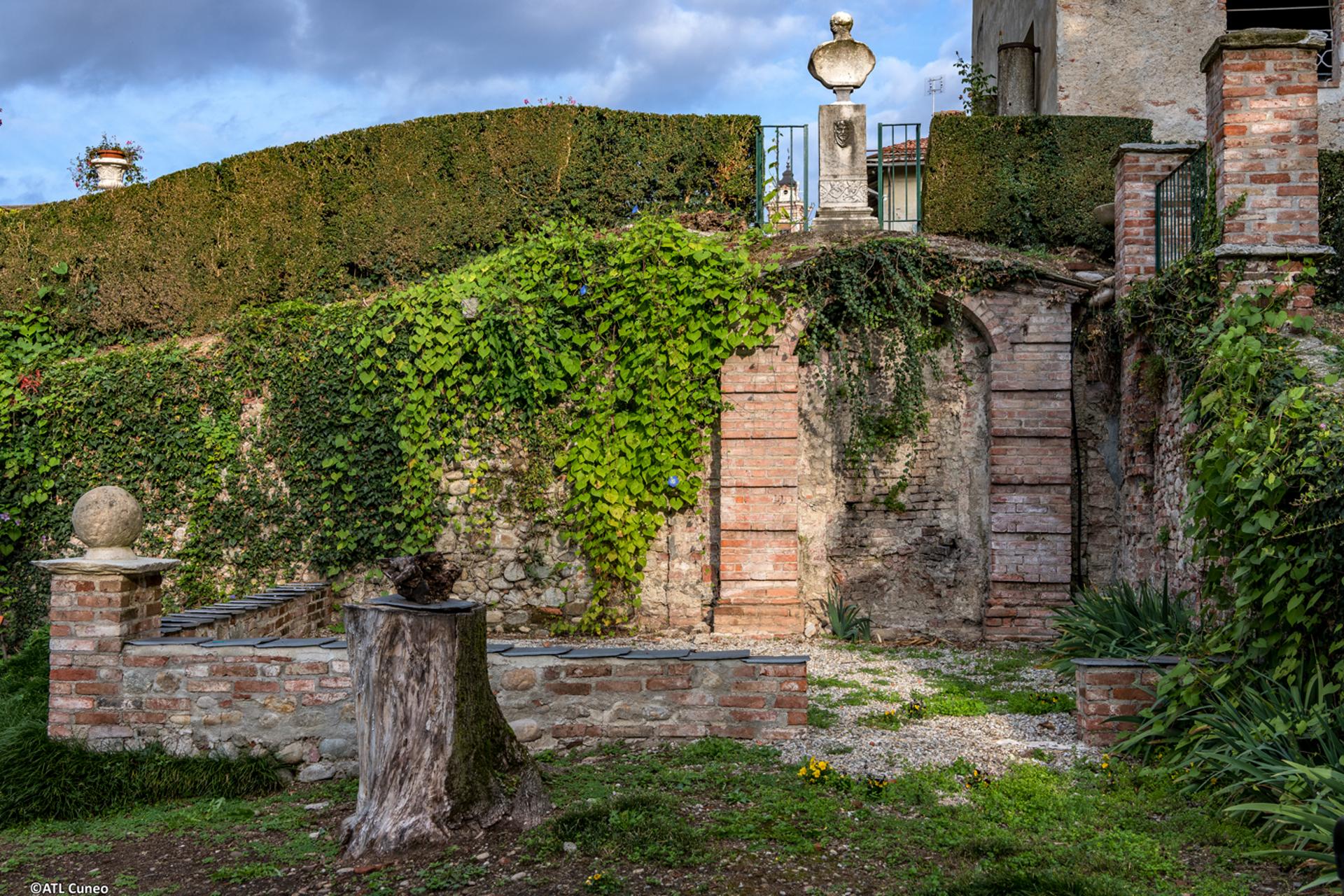
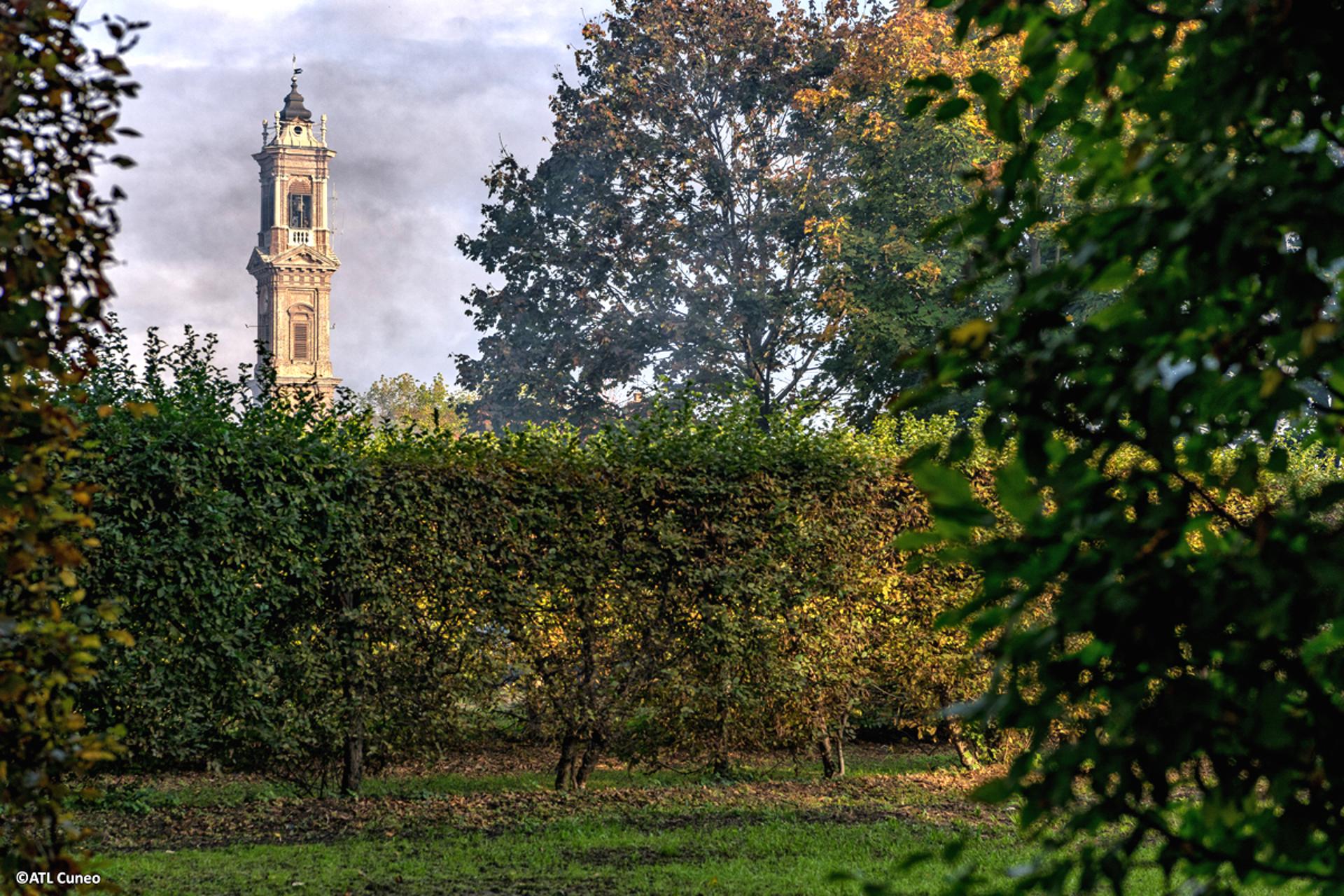




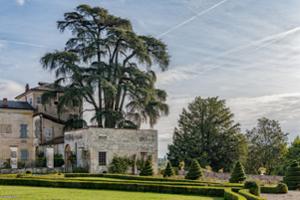



Discover
more

Margarita stands out for its charming medieval village, once surrounded by walls, which extends in a triangular shape and hosts picturesque corners and courtyards, wash houses, votive pillars and exquisite wall frescoes. The medieval gateway to the Ricetto (or ghetto), with its high crenelated tower, was built in the 12th century to guard and defend the area. It has recently been fully restored to its former beauty. In the second half of the 18th century, the Town Council built a belfry on the top of the battlements and this led to it also being known by the name of Ciochè vej (old bell tower).
The nobles of Morozzo were the feudal lords of the town until 1347, then Margarita passed into the hands of the municipality of Mondovì, then to the marquises of Ceva, the Viscontis and finally to the House of Savoy. In 1647, Antonio Solaro, who came from an ancient Asti family, was assigned the title of count, retained by the family for four centuries. The seventeenth-century Palazzo dei Conti Solaro, which boasts valuable architectural decorations, a large park garden refashioned in French style and a rich library, is one of the most interesting monuments in the town. However, it is privately owned and so not open to the public.
The profile of the bell tower of the baroque parish church built between 1725 and 1748 rises just a few steps from the old bell tower. Towering 52 metres tall, it was designed by famous architect Francesco Gallo. Also worth a visit is the seventeenth-century Confraternita di Sant'Antonio Abate, known as the Crosà, now a venue for exhibitions and conferences. In the immediate surroundings of the village, there are several pretty country chapels within easy reach, while just a few kilometres away, the Riserva Naturale (Oasi) di Crava Morozzo welcomes nature lovers seeking pleasant walks in the countryside accompanied by the song of the birds that stop here during the migration cycle.
Every year, at the end of October, Margarita celebrates the typical vegetable of the territory, the savoy cabbage, holding the traditional Sagra del Coj, a gastronomic event that fills the streets of the town with colours and scents for an entire weekend, under the watchful gaze of Miss and Mister “testa ëd coj”.
esempi di as xml: xml serveResource con templateId (chiave)
esempi di as json: json serveResource con templateId (chiave)
esempi di as json e siteId: json serveResource con siteid
en_US
What
to do
en_US
Experiences
No result found
en_US
Where
sleeping
en_US
Offers
en_US
Info






